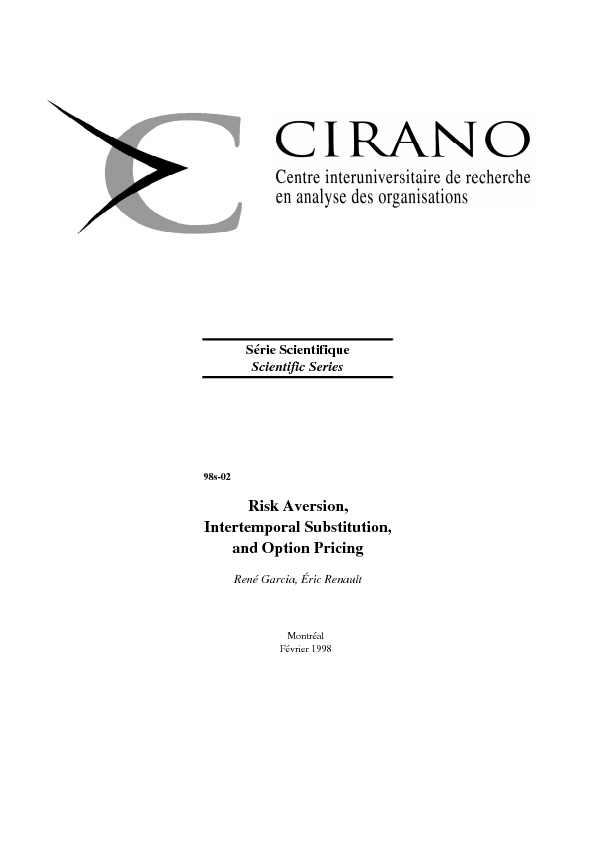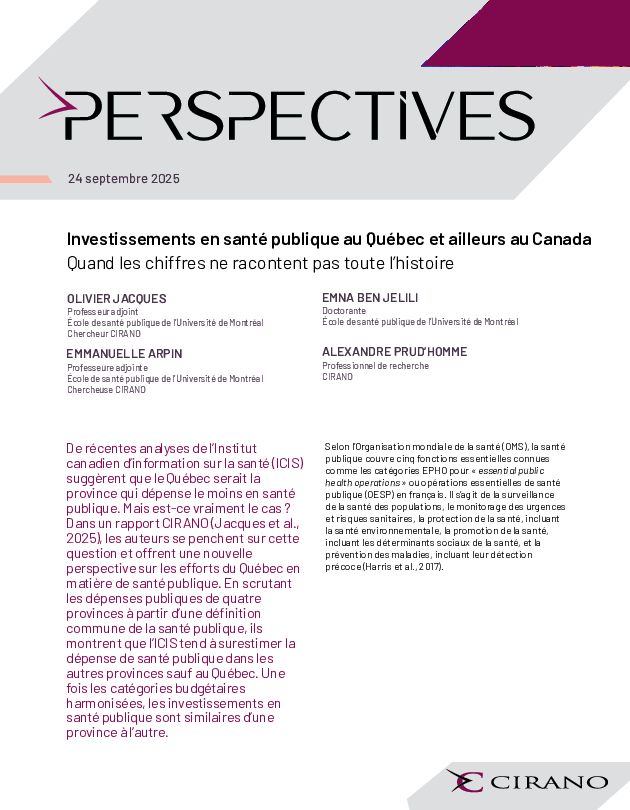Risk Aversion, Intertemporal Substitution, and Option Pricing
This paper develops a general stochastic framework and an equilibrium asset pricing model that make clear how attitudes towards intertemporal substitution and risk matter for option pricing. In particular, we show under which statistical conditions option pricing formulas are not preference-free, in other words when preferences are not hidden in the stock and bond prices as they are in the standard Black and Scholes (BS) or Hull and White (HW) pricing formulas. The dependence of option prices on preference parameters comes from several instantaneous causality effects such as the so-called leverage effect. We also emphasize that the most standard asset pricing models (CAPM for the stock and BS or HW preference-free option pricing) are valid under the same stochastic setting (typically the absence of leverage effect), regardless of preference parameter values. Even though we propose a general non preference-free option pricing formula, we always keep in mind that the BS formula is dominant both as a theoretical reference model and as a tool for practitioners. Another contribution of the paper is to characterize why the BS formula is such a benchmark. We show that, as soon as we are ready to accept a basic property of option prices, namely their homogeneity of degree one with respect to the pair formed by the underlying stock price and the strike price, the necessary statistical hypotheses for homogeneity provide BS-shaped option prices in equilibrium. This BS-shaped option pricing formula allows us to derive interesting characterizations of the volatility smile, that is the pattern of BS implicit volatilities as a function of the option moneyness. First, the asymmetry of the smile is shown to be equivalent to a particular form of asymmetry of the equivalent martingale measure. Second, this asymmetry appears precisely when there is either a premium on an instantaneous interest rate risk or on a generalized leverage effect or both, in other words whenever the option pricing formula is not preference-free. Therefore, the0501n conclusion of our analysis for practitioners should be that an asymmetric smile is indicative of the relevance of preference parameters to price options.
[ - ]




